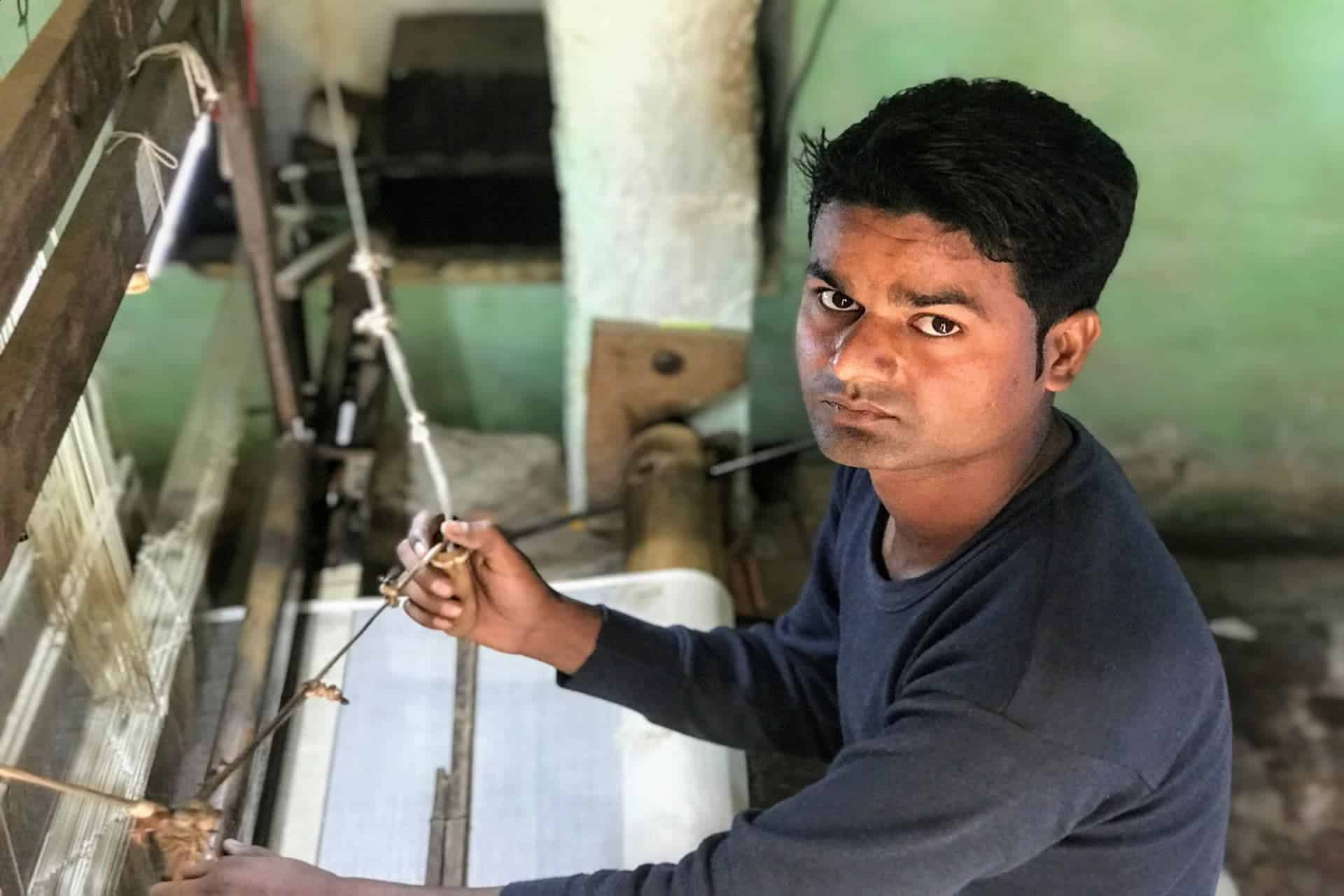The Bengaluru police recently has launched a series of social media posts in the format of Studio Ghibli, the viral art trend. This has artists protesting about how Chat GPT comes after not just our work but also our art. It seems unfair to see a process painstakingly perfected over decades by Japan’s Studio Ghibli now being reproduced in seconds by AI. One the other hand, it democratizes art in a way that seemed out of reach for those who couldn’t draw. All of which got me thinking about the arts and how they were going to be transformed by AI. Films are a given. Today, I saw an AI generated film on Instagram about scuba divers exploring the Rama Sethu or the stone-bridge at the ocean floor, perfectly timed for the Sri Rama Navami festival that happens on April 6.
A friend wrote from America recently saying that they had been invited to a Sri Rama Navami function at a New Jersey temple. All of which is fine, except this friend is an observant Jew. He wanted to know what this festival was about. As an answer, I sent him a recipe for panagam, one of my favourite drinks. What makes this cooling drink special is the addition of dried ginger, which provides the kick in my opinion to the jaggery, lemon juice and cardamom powder combination that are the backbone of the drink.
This is the start of the Hindu festival calendar, a season of new beginnings. In my building, Maharashtrians celebrated Gudi Padwa last week, with a stick or Gudi with an upturned matka-type vessel on top to welcome the victorious Lord Rama. Telugu people sent us bevu-bella or neem-jaggery to celebrate the dawn of their new year: Ugadi or Yuga-aadhi. Our Muslim neighbours sent over sweets to celebrate Eid and the end of the holy month of Ramadan. So I have been feasting on Shrikhand, jaggery and halwa.
The other marker of this season is the 87th annual Ramaseva Mandali concert series. It starts on April 6th with a carnatic music concert by Sandeep Narayan and ends on May 2nd with a harikatha by Vishaka Hari. In between, all the big names in Carnatic and Hindustani music will perform at the Fort Auditorium in Chamarajpet. I have attended these concerts for many years and love them. They are held outdoors. The whole setup is modest and inclusive. The music is great. I have met Karnataka politician Krishna Byre Gowda there over a decade ago. It is likely that Tejaswi Surya will come this year, given his wife, Sivasri Skandaprasad is performing. The only problem for me is the travel time from Ulsoor where I live to Chamarajpet, a leafy tree-lined area that I love. It takes over an hour. As a result, I pick and choose the concerts that I want to attend and stick closer to home otherwise. One of the places near my home that I visit is Urban Solace.
Urban Solace is a small café and performing spot that is walking distance to Ulsoor Lake. When it first opened years ago, residents on the tiny street complained about an increase in traffic and parking problems. Today, it has settled down to being a neighbourhood bistro. You can go in for their stand-up comedy which happens on Wednesdays, or to listen to poetry during their long-running Tuesdays with the Bard series. I began writing poetry after my father passed away in 2020. I believe it was his parting gift to me because he loved English poetry and used to recite it from memory. Today, after about 201 rejections (I counted), I have 20 poems published in journals. One has even won an award. So finally, and a little hesitantly, I have started calling myself a poet.
Last Tuesday, I went to Urban Solace to listen to poetry and also read two of my poems. It was an exhilarating experience. There is a small but tight community of poets in Bangalore, anchored by two worthy institutions – Atta Galatta, which holds poetry evenings and Urban Solace. There is the online Non-aligned Poetry Collective that puts together many performance poetry sessions as well. I have just dipped my toe into this world. Let’s see what happens.
Indian poetry in English is one thing, but poetry in our own languages has a beauty that is unmatched. When I listen to Kannada, Tamil, Hindi or Urdu poetry, the words have a cadence that suits our tongue and how we speak. Sanskrit poetry too is the motherlode of the metaphors that populate our country. Years ago, when I conducted a Sanskrit Podcast, poet Mani Rao told me that Sanskrit poetry often compared the flight of a flock of birds to the garland that hangs at the entrance of our homes. The way I access the beauty of Sanskrit is through an online group called the Bharatiya Vidvat Parishad (BVP) where everything from metaphors to music to metre of verses is discussed. Sure, there is politics as well, but if you ignore that, you get gems in poetry.
I tried to get Chat GPT to write a poem. It was adequate but too cohesive, too much like a well-thought out argument. It didn’t have the fractures of mind that make for great poetry. So there you have it. Art can perhaps be replicated by AI, but the human ability to compose poetry cannot. At least, not yet.
Shoba Narayan is Bangalore-based award-winning author. She is also a freelance contributor who writes about art, food, fashion and travel for a number of publications.



-k4lD-U204025897261YmH-250x250%40HT-Web.jpg)



Leave A Comment